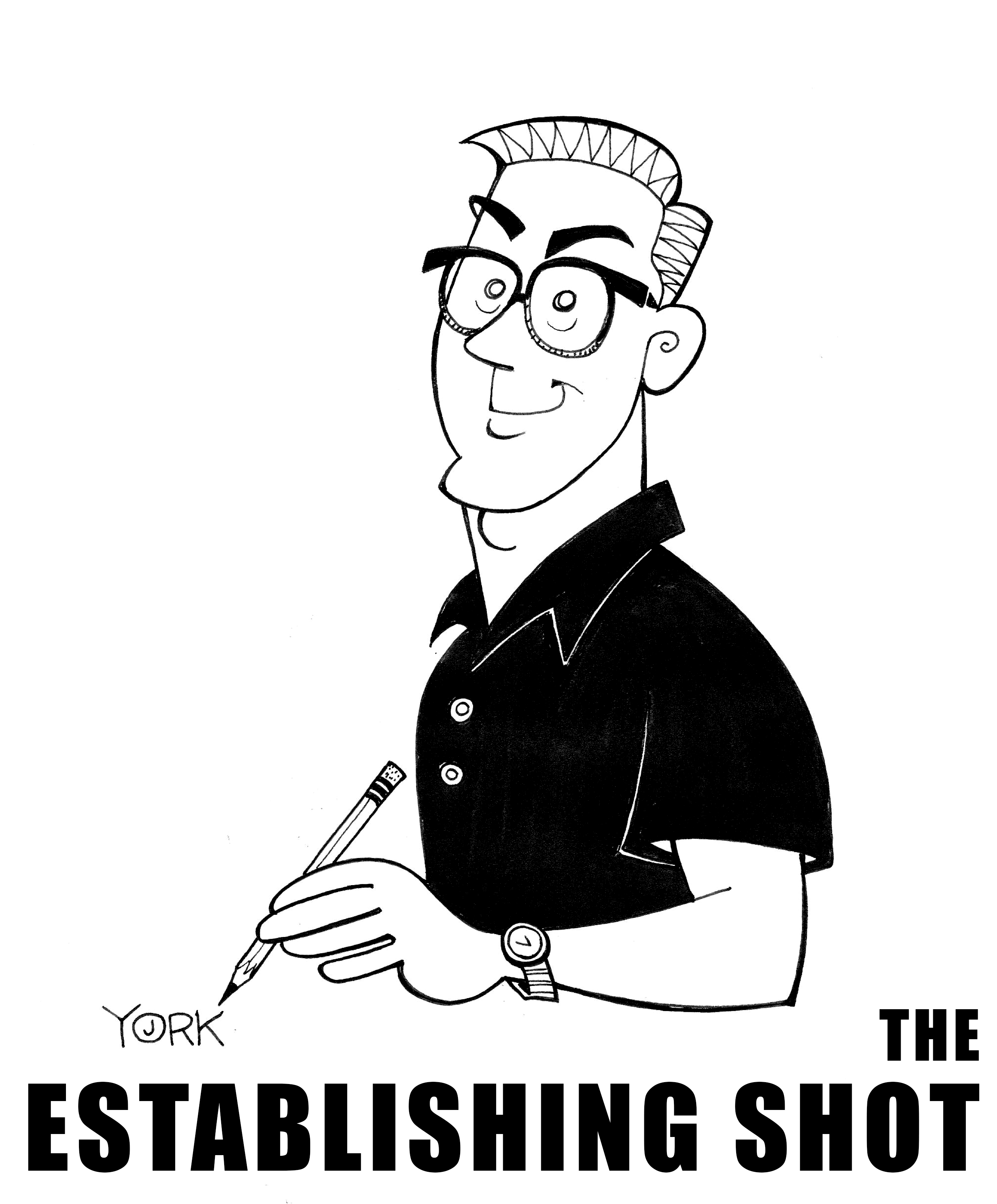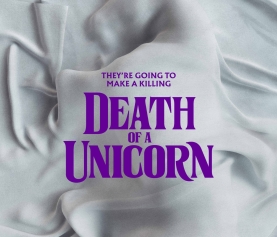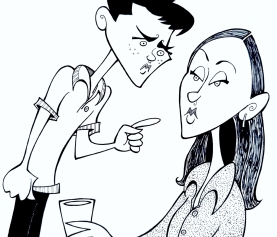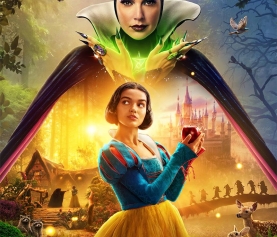
Original caricature by Jeff York of Harrison Ford in INDIANA JONES AND THE DIAL OF DESTINY (copyright 2023)
Indiana Jones has always acted like a grumpy old man.
That’s how Harrison Ford plays him. If his Han Solo in STAR WARS was a brash frat boy full of bravado, the actor’s performance as Jones in RAIDERS OF THE LOST ARK was quite the opposite. Grumbling, and cantankerous, Jones seemed positively curmudgeonly. Sure, he’d climb mountains, crawl over spiders and snakes, and get into fisticuffs with Nazis, but he was always crusty about such matters.
Now, along comes the fifth movie in the franchise entitled INDIANA JONES & THE DIAL OF DESTINY, and indeed, Indy’s age and crotchetiness are dialed up even more. If you’re going to make a final Indiana Jones film with the septuagenarian Ford in front of the camera, the film has to be all about the adventurer’s age. And thus, the filmmakers run with the theme, playing up the winter of Indy’s years for both humor and pathos.
And yet, even playing a past-his-prime Indy, Ford is a marvel. He’s funny, athletic, and sexy, giving director James Mangold a lot to work with. Indeed, Mangold and fellow screenwriters Jez Butterworth, Jon-Henry Butterworth, and David Koepp put the actor through his paces and most of the set pieces are amusing not only for their cleverness but that they actually have Ford doing so much of the stunt work. Indy rides a horse down into the NYC subway system. He climbs over all kinds of caverns and rocks, brushing off numerous creepy crawlies along the way. And while Indy doesn’t run much this time out, he does commandeer a vehicle or two and drives around like he’s still got that touch of madness he had in his earlier years.
Granted, some of the Indy we see on screen is Ford’s stunt doubles, or a CGI version of him, like when he’s de-aged for the extended 1940s flashback that starts off the film. But when all is said and done, it’s surprising how much Ford does here, bringing urgency and earnestness to every scene. The derring-do is as much Ford’s as it is his character’s.
Indy’s mortality is what gives this new adventure a weightier spin and that helps counter a lot of what Mangold put up on the screen which feels quite familiar. From Nazis after a supernatural artifact to help them win WWII to outrageous action sequences over hill and dale to a female foil for Indy to bicker with, the film checks a lot of tried-and-true boxes from the previous outings in the franchise. Mangold also drags a lot of the action sequences out far too long. The film could easily stand to be 15 minutes shorter.
But when the film is concentrating on Indy and his aging heroics, it feels warm and welcome. Indy’s waning years give Ford a chance at some genuinely meaningful dialogue too as when he expresses regret at the mistakes he’s made over the many years. He’s haunted by loss, battered and scarred, and unhappy he’s been forced to retire from teaching. Worst of all, he’s heading toward divorce. Marion (Karen Allen) has moved out of their New York City apartment and it’s left Indy even gloomier than usual. It’s almost shocking that this feel-good franchise would go to such dark places, but Mangold did similar things with Wolverine in LOGAN a few years back, and it paid off brilliantly there too.
The Nazis have their own sense of regret here – their bitterness over losing the war. German scientist Jurgen Voller (Mads Mikkelsen) is after the supernatural Dial of Destiny that Indy pinched from him back in the 40s and he’ll stop at nothing to get his hands on it. The Dial, you see, is a time travel device and Jurgen wants to use it to return to the 1930s from the 1960s to correct all of Hitler’s mistakes.
Also after the Dial is Indy’s goddaughter Helena, played by a very good and very game Phoebe Waller-Bridge. She wants the device to achieve fame and fortune, and her selfish motivations give her an almost quasi-villainess feel for the first half of the story. Helena even has a kid sidekick in Ethan Isidore’s Teddy, a street urchin she pulls cons with over in Morocco. He’s no Short Round, the beloved Ke Huy Quan character from INDIANA JONES AND THE TEMPLE OF DOOM, but the young actor does add some spunk to the story and he plays well off of his costars.
The third act comes with lots of excitement and more than a few genuine surprises. It pays off the Dial spectacularly too. Equally effective is the poignant wrap-up of Indy’s story. Don’t be surprised if you find a lump in your throat the size of that golden idol he nabbed in the first film.
Speaking of golden idols, such actioners are not exactly Oscar bait but Ford’s crafty and layered performance here deserves Best Actor consideration come awards season. The least the Academy could do is give him an honorary Oscar. Additionally, the filmmakers end this adventure with a tease of how the franchise could continue. Forget all the various guys named Chris that pundits are talking about taking up the role. (That would be Pine, Pratt, and Evans, natch.) The movie more than makes a case for Indy’s mantel to be inherited by none other than Waller-Bridge. She holds the big screen magnificently and her Helena character contains a lot of the same cynicism, athleticism, and wit of Indy to take over the franchise. (Just please, no more Nazis.)
Was a fifth Indy movie necessary? Of course not. The filmmakers could’ve stopped after the third film and the franchise would have enjoyed acclaim as the greatest cinematic triptych of all time. Nonetheless, this film serves as an exceptional curtain call for Ford’s beloved and iconic character. And as summer fun goes, it’s not only a charmer, it’s history.







